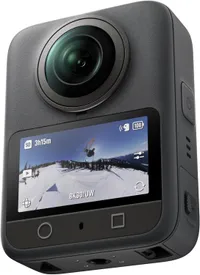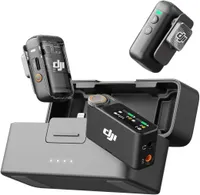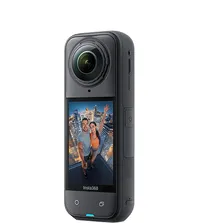I test action cameras for a living — here’s the one reason I'll never buy the DJI Osmo 360
And it's not about the video quality
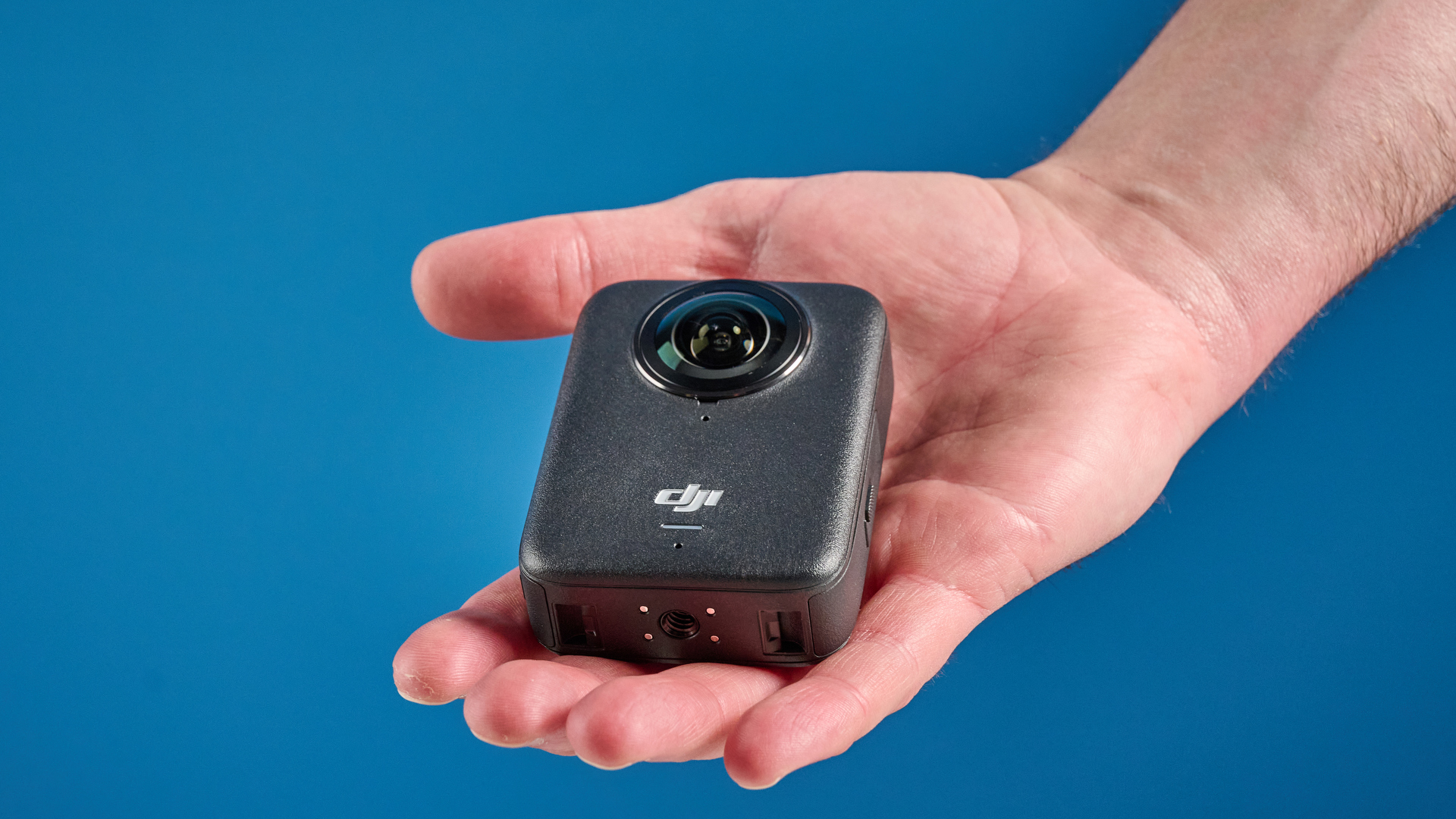
I test every 360 and action camera out there — good, bad and ugly. (Well, they’re all rather ugly to be fair.) For a long time now, Insta360 has made the best 360 cameras you can buy, totally dominating that side of the market.
The closest competitors from GoPro and Ricoh top out at 5.7K or 4K maximum resolution. That means when you reframe the footage in 16:9 for YouTube or 9:16 for social, you can only hit 2.7K or 1080P resolution exports, although it’ll be even lower if cropping into frame. Meanwhile, Insta360’s last two cameras (the Insta360 X4 and X5) top out at 8K/30p, for up to 4K exports.
The Insta360 X5 is a simply outstanding camera, following on from an only-slightly-less-outstanding predecessor. And for a few months, nothing else could come close: the X5 experienced its honeymoon phase.
Then Insta360’s greatest rival, DJI, decided it had had enough. It wasn’t going to accept Insta360 dominating any market. And so the DJI Osmo 360 was born — a 360-degree camera with 8K/50p maximum res, some powerful specs and a big old appetite for devouring any preconceived notion of who’s boss.
The DJI Osmo 360 packs 8K/50p 360-resolution, internal storage (in addition Micro-SD storage), and strong battery life. If you're already invested in the DJI ecosystem it's a solid bet. It's astoundingly well-rounded, given this is DJI's first attempt at a 360 camera.
On paper, the Osmo 360 has the power to topple the X5. I’ve been testing it for about three weeks now ahead of publishing my in-depth review. DJI's action camera does a lot of things right, but it has one crucial flaw that would stop me buying it. And importantly, this flaw is a biggie for the Osmo 360’s target market, too.
It all comes down to audio.
If your audio is terrible, viewers might not come back
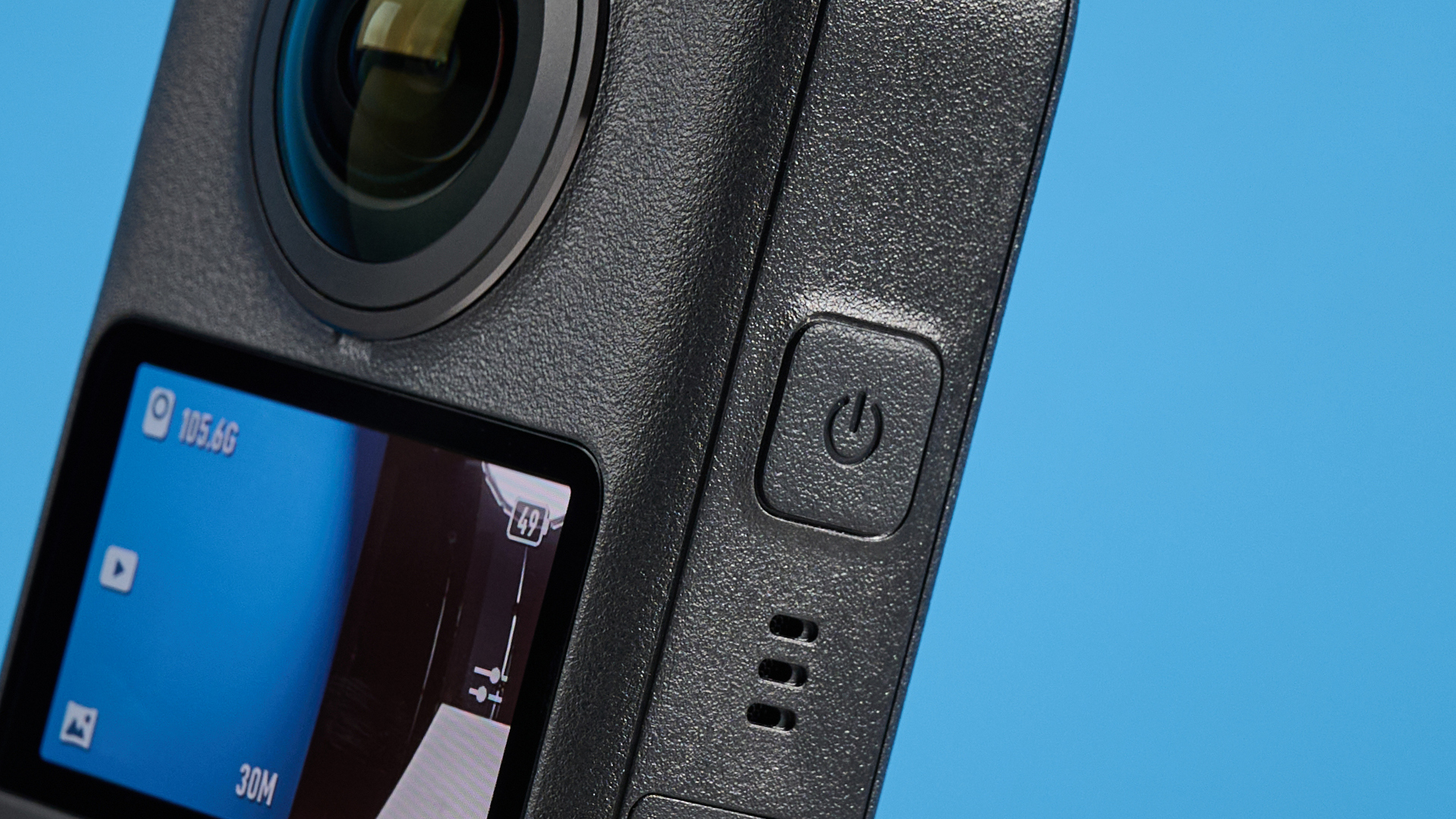
Putting aside things like resolution and battery life — which are important, of course — a major element of 360 cameras is their internal audio. These things are designed to be used in large part by motovloggers, for whom sound is paramount.
Get instant access to breaking news, the hottest reviews, great deals and helpful tips.
Motovlogging is an extreme test for, well, just about any microphone. Above 50MPH on a bike or the outside of a car, wind noise is deafening. Most car drivers don't realize this until they get onto a motorcycle for the first time. Wind buffeting will completely obscure engine and exhaust noise in videos — two elements many motovlog viewers want to hear.
The quality of internal mics, wind guards and wind noise reduction algorithms are very, very important to the target market. You can post great-looking video, but if your audio is terrible, viewers might not come back.
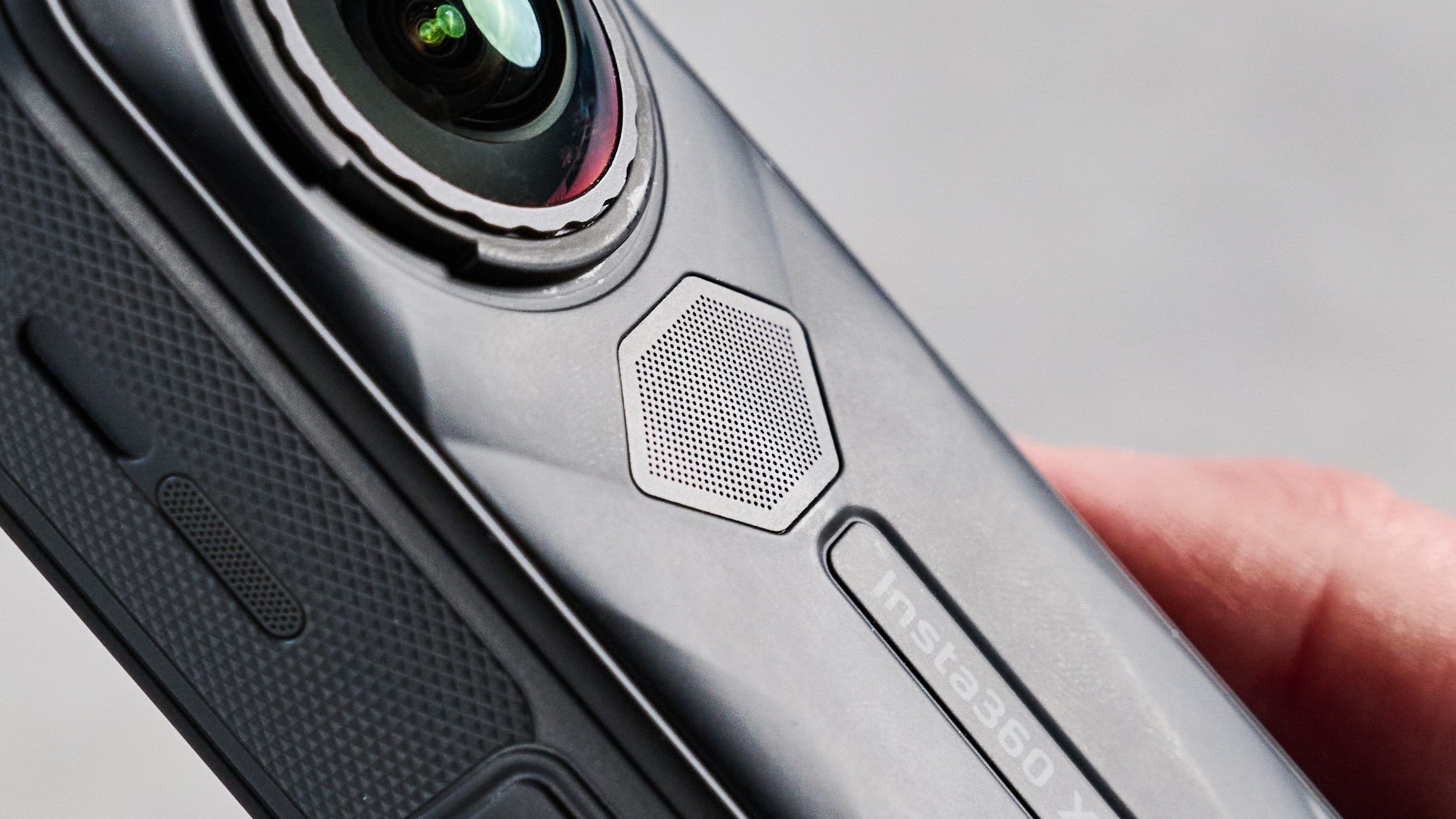
The Osmo 360’s internal mics and wind reduction (a type of software noise cancelation) don’t hold up as well against the Insta360 X5’s. The X5 features a physical wind guard and, well, simply better noise cancelation algos. Listen for yourself. below is footage shot on the DJI Osmo 360 with wind reduction at its highest.
Wind noise has certainly been reduced well, although some scratchy wind and road noises are still audible — I don't know about you, but these really hurt my ears when I listened back, especially through headphones.
The engine noise of the bike is audible, although the higher frequencies have clipped, resulting in distortion — despite me dialing in negative gain. There's also a general hollow, echoey sound profile.
It's fine, but it doesn't sound particularly pleasant. Compare that to the Insta360 X5 footage below, also in its highest wind reduction mode.
The X5 has done a much better job at isolating engine and exhaust notes, without distorting the higher frequencies as much, although these have clipped in a couple of places.
Wind and road noise is still audible, but isn't overly distracting. In general, the X5 has done a better job at isolating the sound of the upper engine and exhaust tones using a high pass filter. Admittedly, this sounds a little unnatural, but is still preferable in my eyes (or ears, I should say) — if I'm watching a moto-themed channel, I want to hear engine and exhaust noise!
The X5 has done a much better job at the general sound profile. It's less hollow and echoey than the Osmo 360, with the deeper notes of the exhaust still audible.
For a more natural sound, though, you can lower the X5's wind reduction, as in the video above. This generates less isolation and brings the sound more in line with the Osmo 360 in terms of wind and road noise, although I'd say the X5 fairs slightly worse here.
The X5 still comes out on top, though, as exhaust sounds haven't been clipped and distorted, and the sound profile is wider with those deeper notes maintained.
There’s a clear winner here for me, and it’s the Insta360 X5.
But what about wireless mics?

So why does this matter? Can't you just hook up an external microphone to the Osmo 360?
Good question, and ostensibly this is where the DJI Osmo 360 has a leg up. It hooks up wirelessly and seamlessly with the DJI Mic 2, which is one of the best microphones for content creation. With its noise cancelation and 32-bit float recording, it’s a great mic for motovlogging content.
But that's only if you’re hooked up via a wired connection... which isn't possible with the Osmo 360 due to the camera having no wired audio interface at all.
I mean no disrespect towards the DJI Mic 2. This thing is a formidable wireless mic — there's a reason you see it being used virtually as standard by content creators and increasingly even in the professional video world. It offers 32-bit float, internal storage and easy hookup to other DJI devices, making it a fantastic mic for most content creation.
The DJI Mic 2 can only hook up to the Osmo 360 wirelessly via OsmoAudio. DJI was tight lipped about what OsmoAudio actually is when I asked, but my informed opinion is that it’s basically just Bluetooth.
Recording audio over Bluetooth is not great with 50mph-plus winds added into the equation — even with cancelation algos switched on. You can hear some footage using OsmoAudio below, which is ruined by distortion.
I’ve asked DJI about whether OsmoAudio is to blame here, and will update this if not, but I have the same issue with the DJI Osmo Action 5 Pro when paired with the DJI Mic 2. Bluetooth just kinda sucks for this type of recording.
I'm not hating
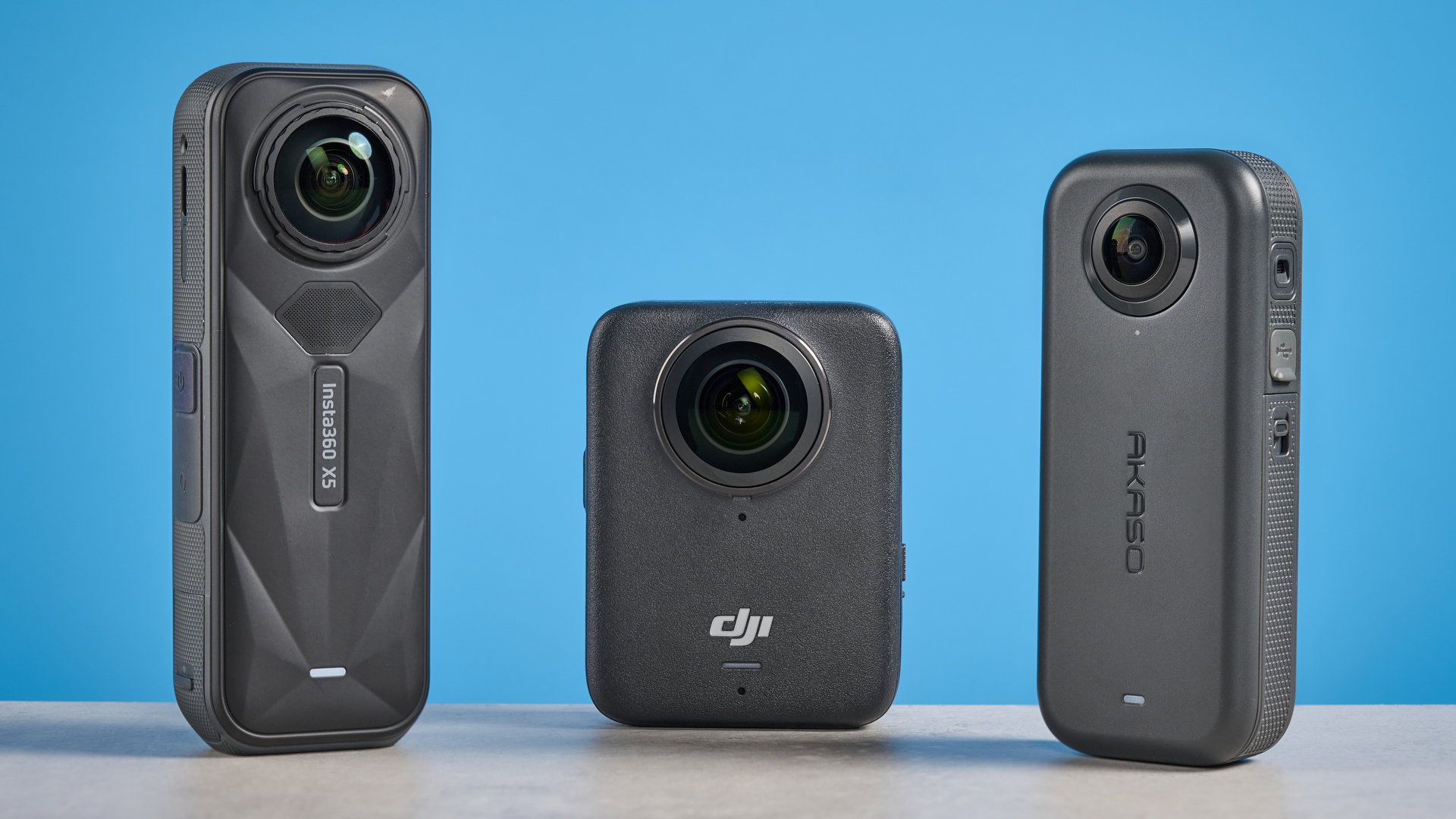
This is not to hate on any of the DJI products named above. Being able to hook up DJI gear so easily using OsmoAudio/Bluetooth is still fantastic for slower-paced content like general vlogging.
My point is that to get the benefit of an external mic, you’d have to hook one up via wire to begin with. Insta360 offers USB-C adapters for the X5, although there's no wired interface for the Osmo 360 to connect to external microphones — a major blow.
The king of 360 cameras, the Insta360 X5 packs 8K/30p, strong battery life, decent low light performance and incredibly proficient internal audio. It costs the same as the Osmo 360 in the U.S., and as long as you don't need 50p video, it's better in virtually every other way.
But again, all this is a little redundant when it comes to 360 cameras, as wired mics aren’t ideal for use with them anyway, even when you can hook one up.
Firstly, you have to strap an RX or TX (if wiring it straight into the camera) to the side of the camera. You need a cold shoe to do that, and the whole assembly becomes bulky, so you’re left with wires and mics intruding into your 360 frame. I’m also not comfortable with rigging up an expensive external mic when the camera is located 2.5 meters in the air on a selfie stick at 60MPH.
All this means that external mics are much less relevant (let alone usable) for 360 cameras as for action cameras. It’s an internal mic arena, and the Insta360 X5’s mics are so good that, for me at least, it’s a done deal.
I’ll have my full DJI Osmo 360 review live very soon. Stay tuned to read that. Meanwhile, follow Tom's Guide on Google News to get our up-to-date news, how-tos, and reviews in your feeds. Make sure to click the Follow button.
More from Tom's Guide
- The best action cameras in 2025
- I’d never flown a drone until the Antigravity A1 — look at what I could shoot after only five minutes
- The only mechanical keyboards I'd buy if you're heading back to school or college

Peter is a Senior Editor at Tom's Guide, heading up the site's Reviews team and Cameras section. As a writer, he covers topics including tech, photography, gaming, hardware, motoring and food & drink. Outside of work, he's an avid photographer, specialising in architectural and portrait photography. When he's not snapping away on his beloved Fujifilm camera, he can usually be found telling everyone about his greyhounds, riding his motorcycle, squeezing as many FPS as possible out of PC games, and perfecting his espresso shots.
You must confirm your public display name before commenting
Please logout and then login again, you will then be prompted to enter your display name.
